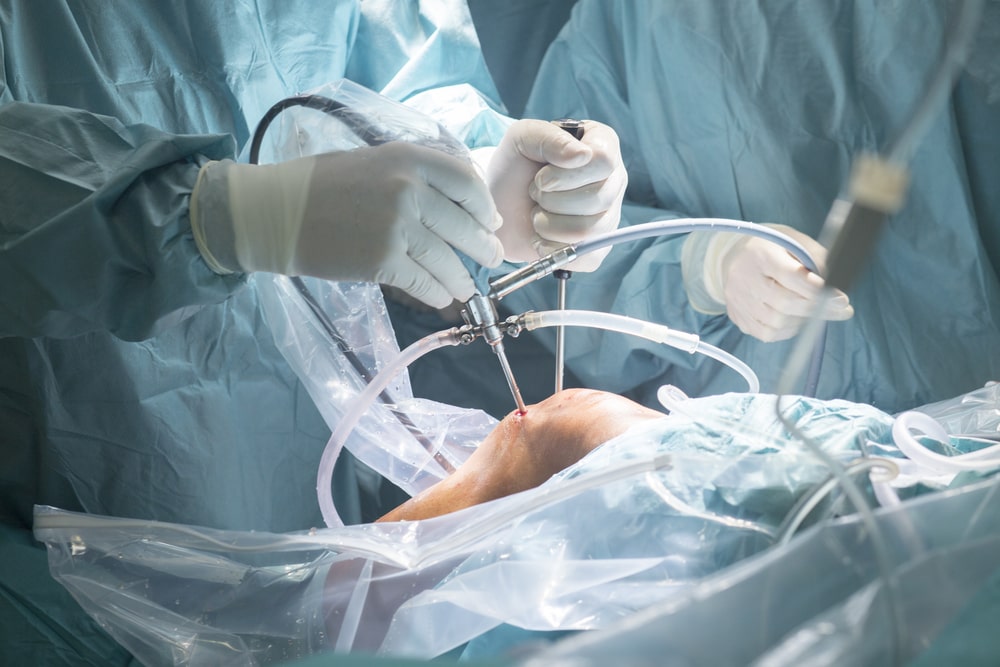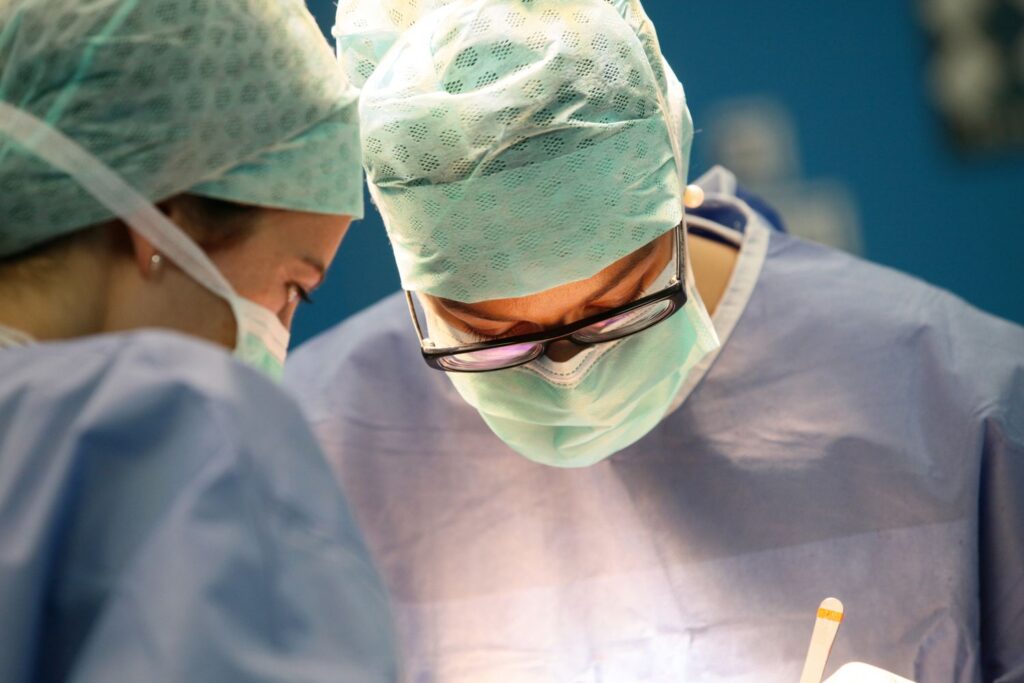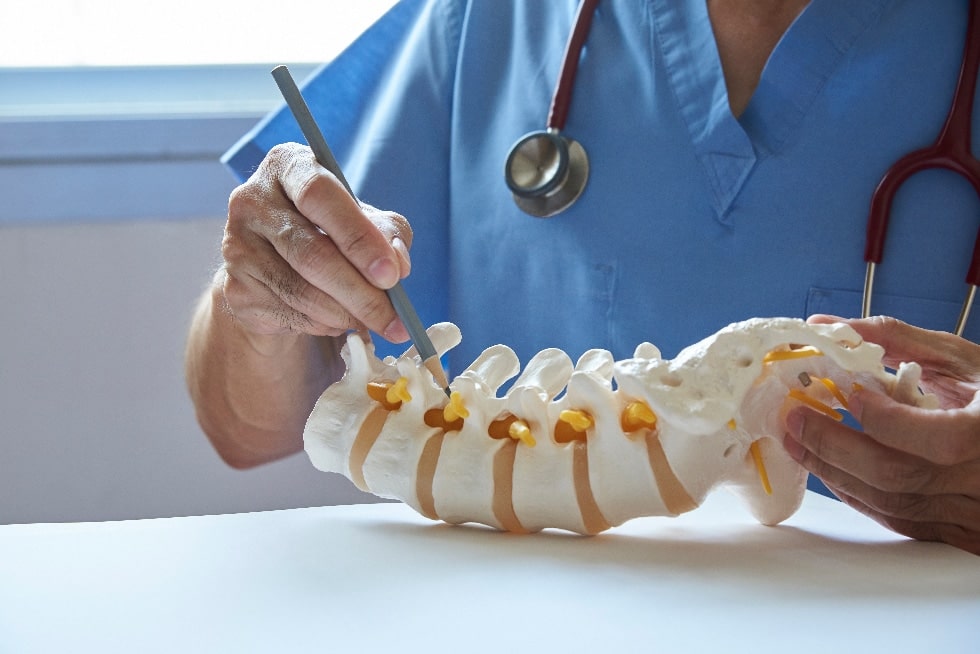Orthopedic surgery has brought relief to millions of people suffering from various musculoskeletal conditions. Yet, it is not without risks or costs. This article offers an in-depth look at the advantages and potential downsides of orthopedic surgery, including common ailments that might necessitate such a procedure, preventative measures, non-invasive treatments, and the associated cost/benefit analysis.
Common Ailments Requiring Orthopedic Surgery
Orthopedic surgery primarily addresses issues affecting the bones, joints, muscles, tendons, and ligaments. Conditions ranging from minor fractures to chronic disorders like osteoarthritis and rheumatoid arthritis often necessitate orthopedic intervention. Additionally, soft-tissue injuries, spinal deformities, degenerative diseases, and certain congenital conditions may also require orthopedic surgery. In essence, any severe musculoskeletal condition that significantly impairs mobility and quality of life might be a candidate for surgical intervention.
Preventative Measures

While some orthopedic conditions are unavoidable, due to genetic predisposition or aging, many can be prevented or managed conservatively. Maintaining an active lifestyle, incorporating weight-bearing exercises into your routine, and keeping a balanced diet rich in calcium and Vitamin D are crucial to bone health. Regular check-ups and early detection of any abnormalities also go a long way in prevention and early intervention.
Non-Invasive Treatments
Before resorting to surgery, healthcare providers often exhaust non-invasive treatments. These may include physiotherapy, medication, lifestyle modifications, or using assistive devices. Physiotherapy is particularly effective in managing musculoskeletal disorders by improving strength, flexibility, and function. Medications, including analgesics, non-steroidal anti-inflammatory drugs (NSAIDs), and disease-modifying antirheumatic drugs (DMARDs), can also be useful in managing pain and inflammation.
In recent years, regenerative therapies like Platelet-Rich Plasma (PRP) and stem cell treatments have shown promising results. These therapies, while still not fully understood, offer a potential non-surgical option for stimulating the body’s natural healing process.
Potential Upsides of Orthopedic Surgery
The primary benefit of orthopedic surgery is the significant improvement in the patient’s quality of life. Pain reduction, enhanced mobility, and restored function are usually achieved much quicker and more definitively through surgery than conservative methods. For patients with severe degenerative conditions like osteoarthritis, surgical procedures like joint replacement can provide long-lasting relief and restore normal function.
Another benefit is that orthopedic surgery can sometimes be the only definitive solution to certain conditions. For instance, in the case of a serious fracture or a torn ligament, surgery is often necessary to repair the damage effectively.
Potential Downsides of Orthopedic Surgery

Despite its benefits, orthopedic surgery is not without risks. These include the standard risks associated with any surgery, such as infection, blood clots, anesthesia complications, and potential reactions to medications. Furthermore, there’s always a chance the surgery may not relieve the symptoms completely or could even lead to increased pain or disability.
There is also the significant time and effort involved in post-surgery rehabilitation. Full recovery may take weeks or months, requiring physical therapy and temporary lifestyle modifications. For some patients, particularly the elderly or those with chronic conditions, the recovery period might prove challenging.
Cost-Benefit Analysis
Orthopedic surgery, like any medical intervention, requires a careful cost-benefit analysis. From an economic perspective, these procedures can be costly, and the financial burden may be significant, especially for uninsured patients or those with high-deductible insurance plans.
However, the cost must be weighed against the potential benefits. For individuals suffering from chronic pain and mobility issues, the prospect of an improved quality of life often outweighs the financial considerations. Additionally, surgical intervention may prevent further health complications, thereby reducing future healthcare costs.
Emerging Trends in Orthopedic Surgery
As medical technology continues to advance, newer, less invasive surgical techniques are being developed. One such technique is arthroscopy, which uses a tiny camera to examine and treat issues within a joint. This minimally invasive procedure has less recovery time and reduced risk of infection compared to traditional open surgery. Furthermore, the advent of robot-assisted surgery promises increased precision, potentially leading to better outcomes and shorter hospital stays.
Considerations Before Undergoing Surgery
Before deciding on surgery, it’s essential to exhaust all other treatment options and consider your personal circumstances. Factors such as your age, overall health, lifestyle, and individual healing capacity should be taken into account. If you lead an active lifestyle, a quicker but potentially riskier surgical intervention might be preferred over a slow-acting conservative approach.
It’s also crucial to be mentally prepared for the recovery period. This will likely involve physical therapy, lifestyle changes, and a period of reduced activity. Having a strong support system in place can significantly enhance recovery and overall satisfaction with surgical outcomes.
The Role of the Patient

While the expertise of the orthopedic surgeon is vital, the role of the patient is equally important in the surgical process. From the initial stages of identifying the issue and exploring treatment options, to actively participating in the recovery process post-surgery, patients must be proactive. Educating oneself about the condition, potential treatments, and the implications of surgery can help create a more balanced perspective.
In many cases, patients also need to actively manage their overall health and lifestyle to enhance surgical outcomes. This might involve weight management, quitting smoking, or controlling comorbid conditions such as diabetes.
In Conclusion
Orthopedic surgery is a significant medical intervention with the potential to vastly improve quality of life for those suffering from debilitating musculoskeletal conditions. While it offers numerous upsides, it comes with its share of downsides, and it is not always the first line of treatment.
Preventive measures and non-invasive treatments play a key role in managing orthopedic conditions and may delay or even eliminate the need for surgery. If surgery becomes necessary, a careful consideration of the costs, potential benefits, and risks is critical.
The decision to undergo orthopedic surgery is a personal one and should be made in consultation with a trusted orthopedic specialist or an orthopedic surgeon that can provide comprehensive orthopedic care. Armed with accurate information and a clear understanding of the implications, patients can make an informed choice that best suits their unique circumstances and health needs.







